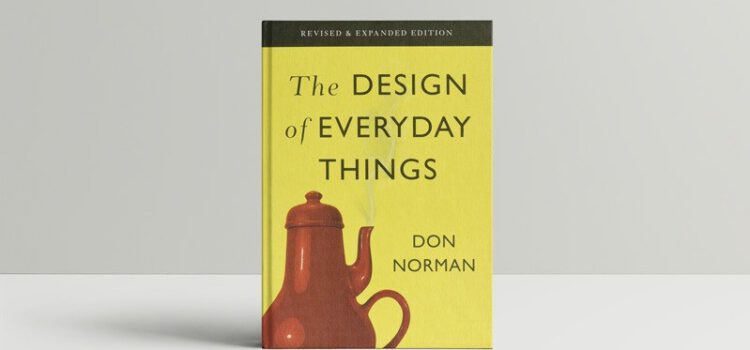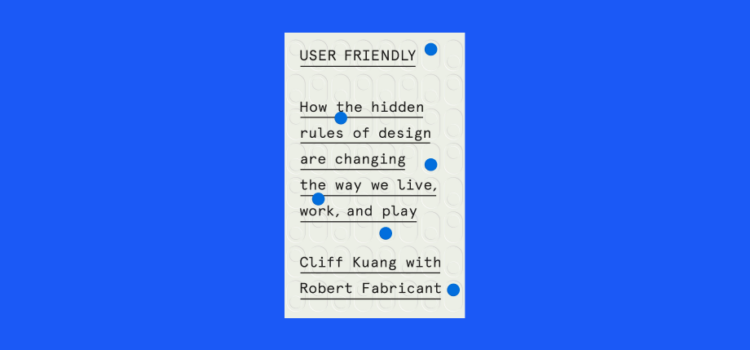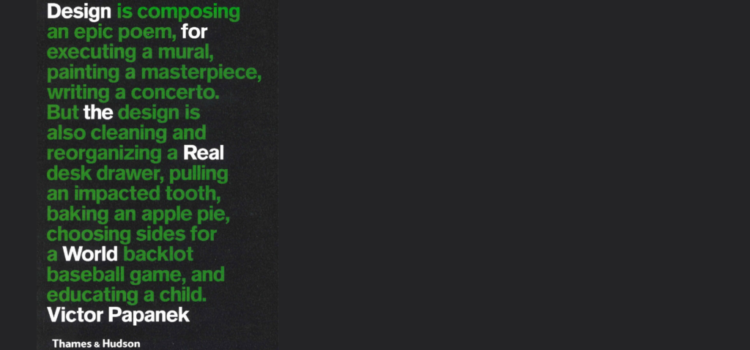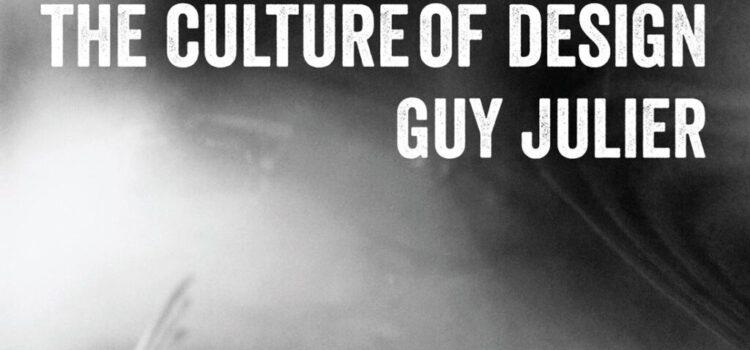Participatory Design History
A chapter of the Routledge International Handbook of Participatory Design on the Heritage (aka history) of participatory design.

A chapter of the Routledge International Handbook of Participatory Design on the Heritage (aka history) of participatory design.

Donald Norman’s design classic – the bible on the cognitive aspects of design, containing examples of both good and bad design and simple rules that designers can use to improve the usability of objects.

Cliff Kuang and Robert Fabricant reveal the untold story of a paradigm that quietly rules our modern lives: the assumption that machines should anticipate what we need.

Read about two design process models from the Delft Design Guide – known by most students as the IDE Bible (treat it accordingly). We assume you have bought this book for Design Project 1, we suggest reading these two pages (and optionally the spread before and after it) to get an idea of the formalisation of design from the IDE TU Delft perspective.

The entire Design for Real World. You can read chapter 1 as enriching material.

Excerpt from Guy Julier’s book Culture of Design. Please read until “Designers as ‘Cultural Intermediaries'” (so pages 46-53). If you want to read further, feel free to read the rest of the chapter as enriching material.